“Around 30,000 out-of-hospital cardiac arrests occur in the UK every year. Immediate CPR can double a person’s chances of survival” – British Heart Foundation
CPR ( Cardiopulmonary resuscitation)
When is CPR used?
- CPR is used when someone’s heart stops beating or they stop breathing.
- It involves chest compressions to help keep blood flowing to the brain and vital organs until help arrives.
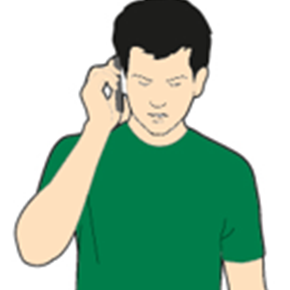
1. Call for Help
- Check for responsiveness (shake and ask if they are okay).
- Call 999 immediately.
- If someone is with you, ask them to find a defibrillator.
- If you are alone, use the speaker phone so you can keep working while speaking to the ambulance service.
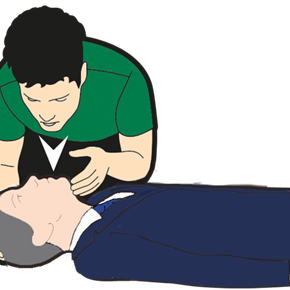
2. Check for Breathing
- Tilt their head back and lift their chin.
- Look, listen, and feel for normal breathing (ignore gasps).
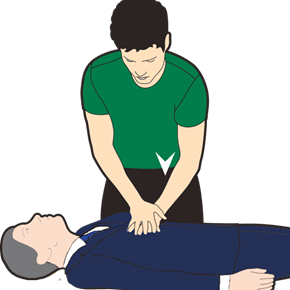
3. Start Chest Compressions
- Place the heel of one hand in the centre of their chest.
- Put your other hand on top and interlock fingers.
- Keep your arms straight and push down hard and fast (5-6 cm deep).
- Push at a rate of 100-120 times per minute (about 2 per second). It’s good to think of the Bee Gees classic song ‘Staying Alive’ in your head to get the correct pace.

4. Rescue Breaths
After 30 compressions, give 2 rescue breaths:
- Tilt head back, lift chin, pinch nose closed.
- Take a breath, seal your mouth over theirs, and blow for 1 second until their chest rises.
- Let their chest fall, then repeat.
5. Keep Going Until
- Emergency help arrives.
- They start breathing normally.
- You are too exhausted (swap with someone if possible).
- A defibrillator is ready to use.
Other resources
St John ambulance (UK) CPR
Another good CPR video
Heimlich Manoeuvre (Choking First Aid)
“Over 1,000 people die from choking in the UK each year, with many of these deaths preventable through prompt first aid” – British Red Cross
What is choking?
Choking happens when something gets stuck in a person’s throat and blocks their airway.
Signs of choking
A choking person may:
- Clutch their chest or neck.
- Be unable to speak, breathe, or cough.
How to help someone who is choking?
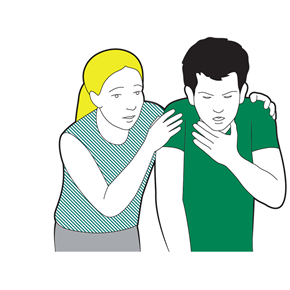
1. Encourage them to cough
If they can still breathe or cough, tell them to keep coughing to try to clear the blockage.

2. Give back blows
- If they can’t breathe or cough, bend them forward and hit them firmly between the shoulder blades up to 5 times using the heel of your hand.
- This creates a vibration in the airway, which can help move the object.
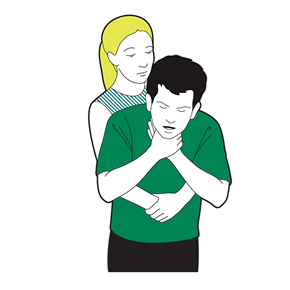
3. Try abdominal thrusts
- If back blows don’t work, stand behind them, wrap your arms around their waist, and pull inwards and upwards just above their belly button.
- Do this up to 5 times. This forces air out of the lungs, which may push the object out.
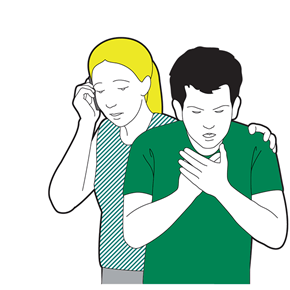
4. Call 999 if they are still choking
- Keep repeating back blows and abdominal thrusts until they can breathe or help arrives.
Other resource
British Red Cross: First aid steps and key action
Quick Tips
- Stay calm and act quickly: Whether it is CPR or helping someone who is choking, don’t hesitate. Every second counts.
- Call 999: Always phone for help immediately, so professionals can assist as quickly as possible.

